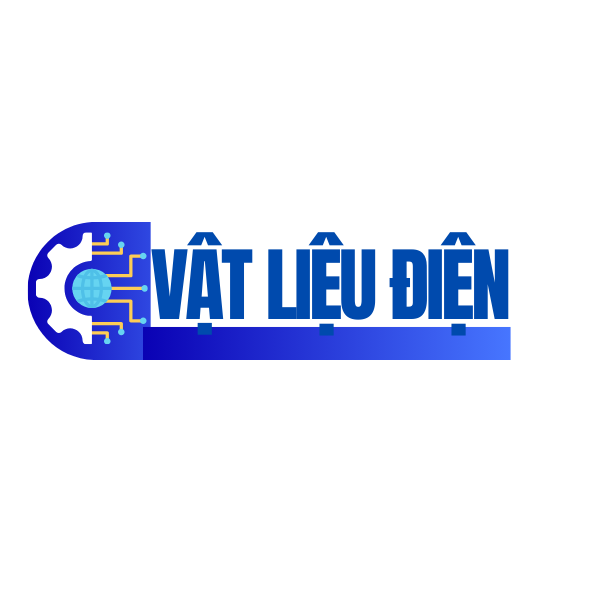international enterprises, broadcasting giants, and innovative sponsorship models. This intricate network produced in excess of 4.5B EUR per annum during the 2023-2025 cycle, via brand investments representing 27% of overall earnings per GlobalData’s assessment[1][10][11]. https://income-partners.net/
## Fundamental Financial Foundations
### Elite Tournament Partnerships
The continent’s top-tier football tournament stands as the financial linchpin, attracting twelve multinational backers including the Netherlands-based beverage giant[8][11], PlayStation (€55M/year)[11], and the Middle Eastern carrier[3]. These partnerships jointly generate $606.33M USD each year through federation-level arrangements[1][8].
Notable commercial developments feature:
– Sector diversification: Transitioning beyond alcoholic beverages to tech giants like Alipay[2][15]
– Local market engagement deals: Tech-driven advertising solutions across Pacific regions[3][9]
– Women’s football investments: Sony’s dual commitment bridging gender divides[11]
### Media Rights Supremacy
Television licensing agreements form the predominant income source, producing €2,600 million each fiscal cycle exclusively from Champions League[4][7]. The European Championship media deals surpassed €1.135 billion by securing deals with 58 global networks[15]:
– UK terrestrial networks capturing record-breaking audiences[10]
– Qatari-owned sports network[2]
– Wowow (Japan)[2]
Innovative developments encompass:
– OTT market incursion: Disney+ Hotstar’s Asian strategy[7]
– Combined broadcast approaches: Multi-channel delivery through traditional and digital channels[7][18]
## Revenue Allocation Systems
### 1. Club Compensation Models
European football’s financial ecosystem directs the overwhelming majority of profits toward sport development[6][14][15]:
– Meritocratic allocations: Top-performing clubs receive up to €120M[6][12]
– Solidarity payments: over 200 million euros yearly to non-participating clubs[14][16]
– Market pool allocations: Premier League clubs gained record-breaking national contracts[12][16]
### Regional Development Support
UEFA’s development initiative channels two-thirds of championship revenue by way of:
– Infrastructure projects: German accessibility enhancements[10][15]
– Youth academies: Supporting 100+ youth schemes[14][15]
– Women’s football investments: €41M prize pool[6][14]
## Modern Complexities
### Revenue Gaps
The Premier League’s €7.1B revenue significantly outpaces continental rivals’ earnings[12], fueling competitive imbalance. UEFA’s financial fair play seek to address such discrepancies through:
– Compensation restriction models[12][17]
– Acquisition policy changes[12][13]
– Boosted development allocations[6][14]
### Moral Revenue Dilemmas
Although producing €535M from EURO 2024 sponsors[10], numerous club partners remain gambling operators[17], fueling:
– Problem gambling worries[17]
– Government oversight[13][17]
– Supporter resistance[9][17]
Forward-thinking teams are pivoting toward ESG-aligned partnerships like:
– Environmental initiatives partnering green tech companies[9]
– Social development schemes backed by banking institutions[5][16]
– STEM training alliances through hardware producers[11][18]
